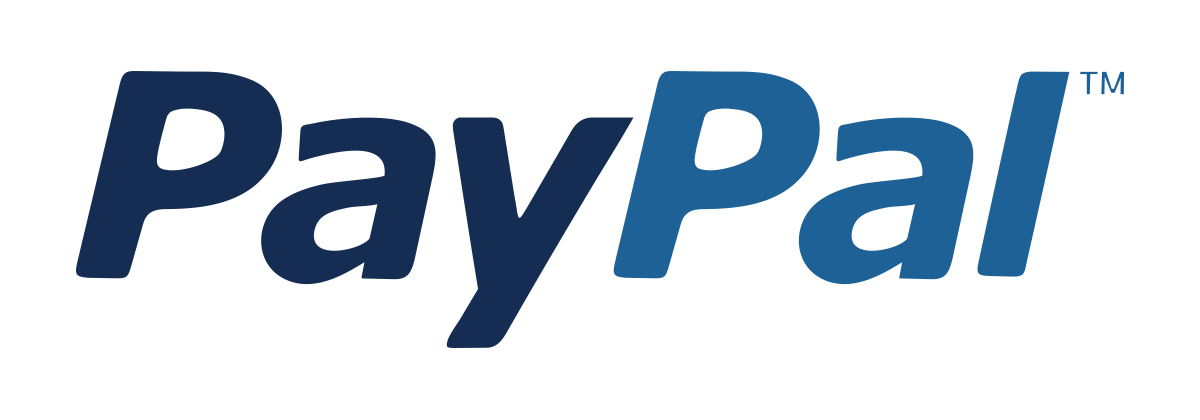A/B Testing & Experimentation
Design, execute, and analyze controlled experiments to drive data-informed product and business decisions.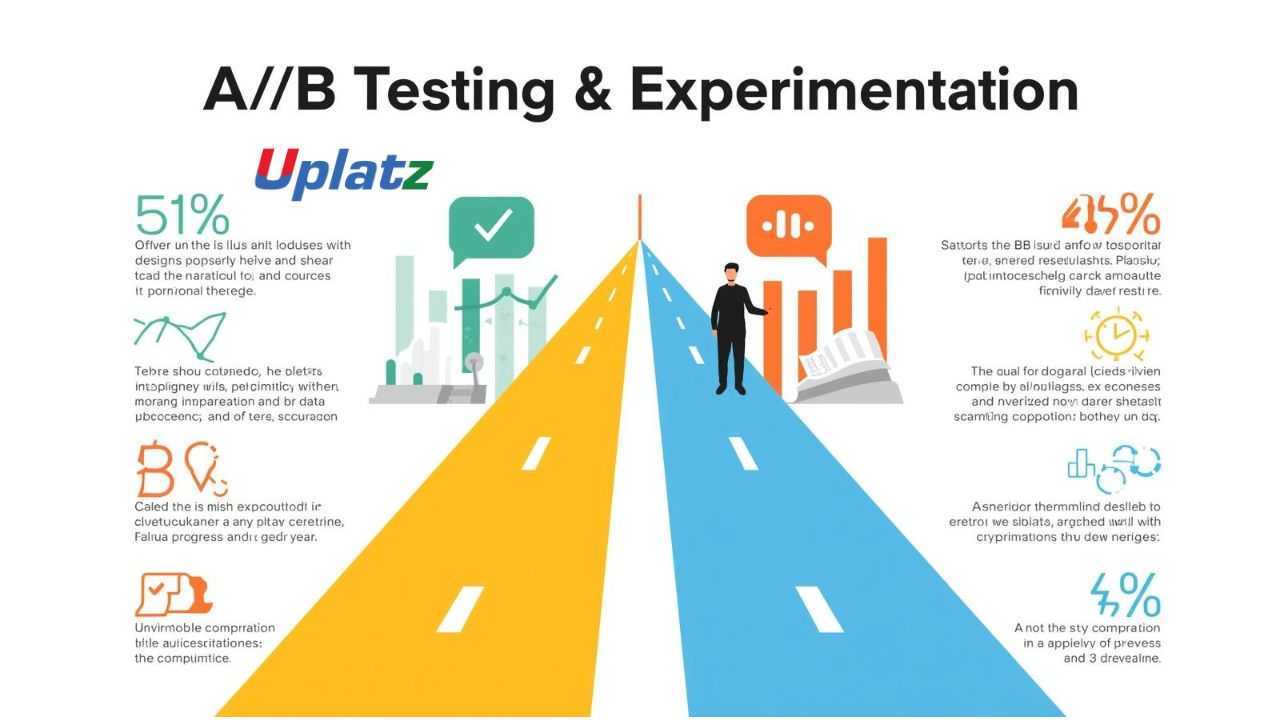 Price Match Guarantee
Full Lifetime Access
Access on any Device
Technical Support
Secure Checkout
Course Completion Certificate
Price Match Guarantee
Full Lifetime Access
Access on any Device
Technical Support
Secure Checkout
Course Completion Certificate
 92% Started a new career
BUY THIS COURSE (
92% Started a new career
BUY THIS COURSE (GBP 12 GBP 29 )-
 81% Got a pay increase and promotion
81% Got a pay increase and promotion
Students also bought -
-
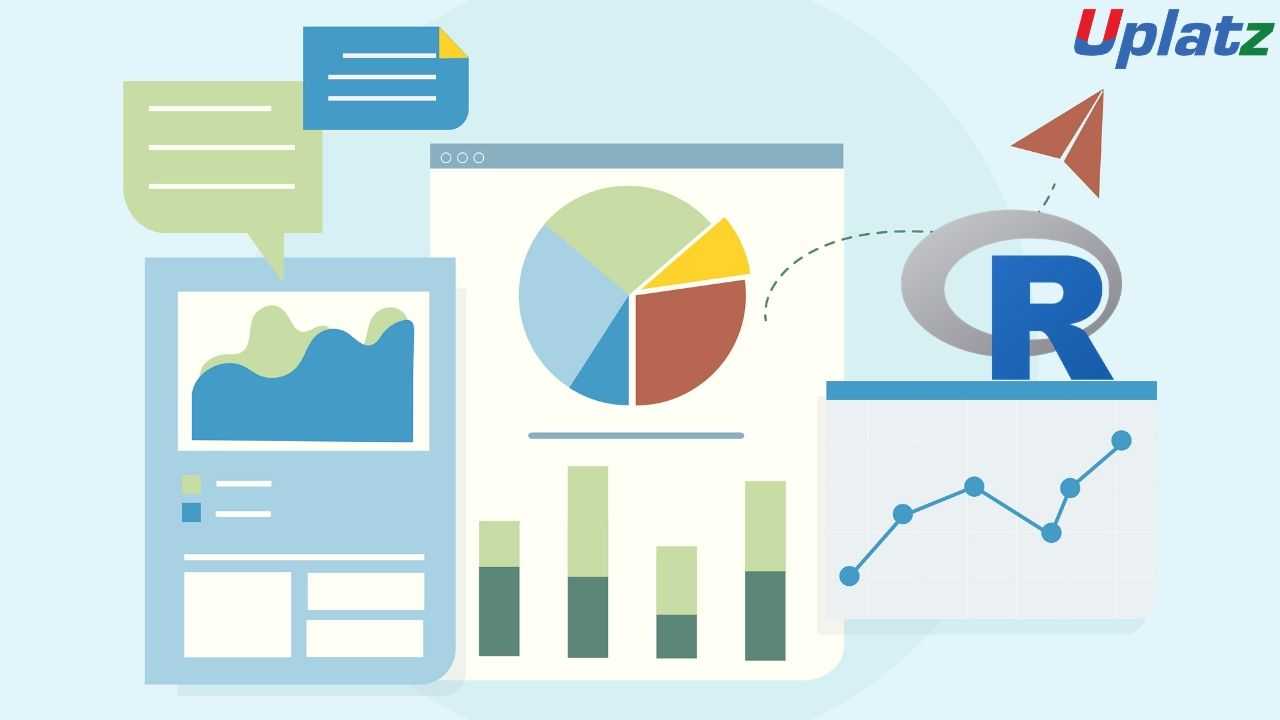
- Data Visualization in R
- 10 Hours
- GBP 12
- 72 Learners
-
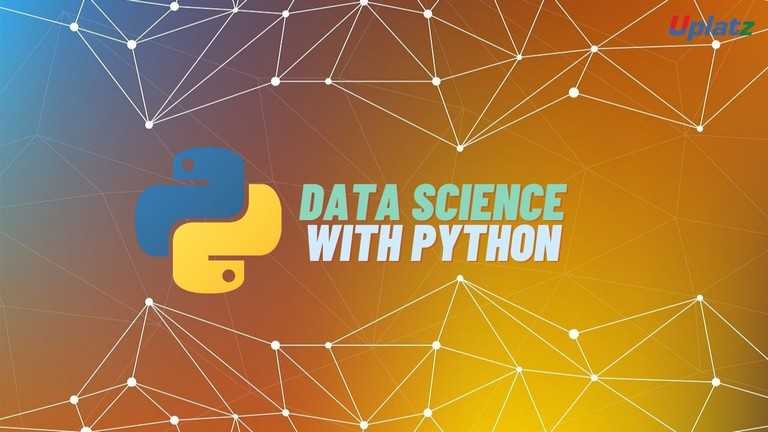
- Data Science with Python
- 45 Hours
- GBP 12
- 2931 Learners
-
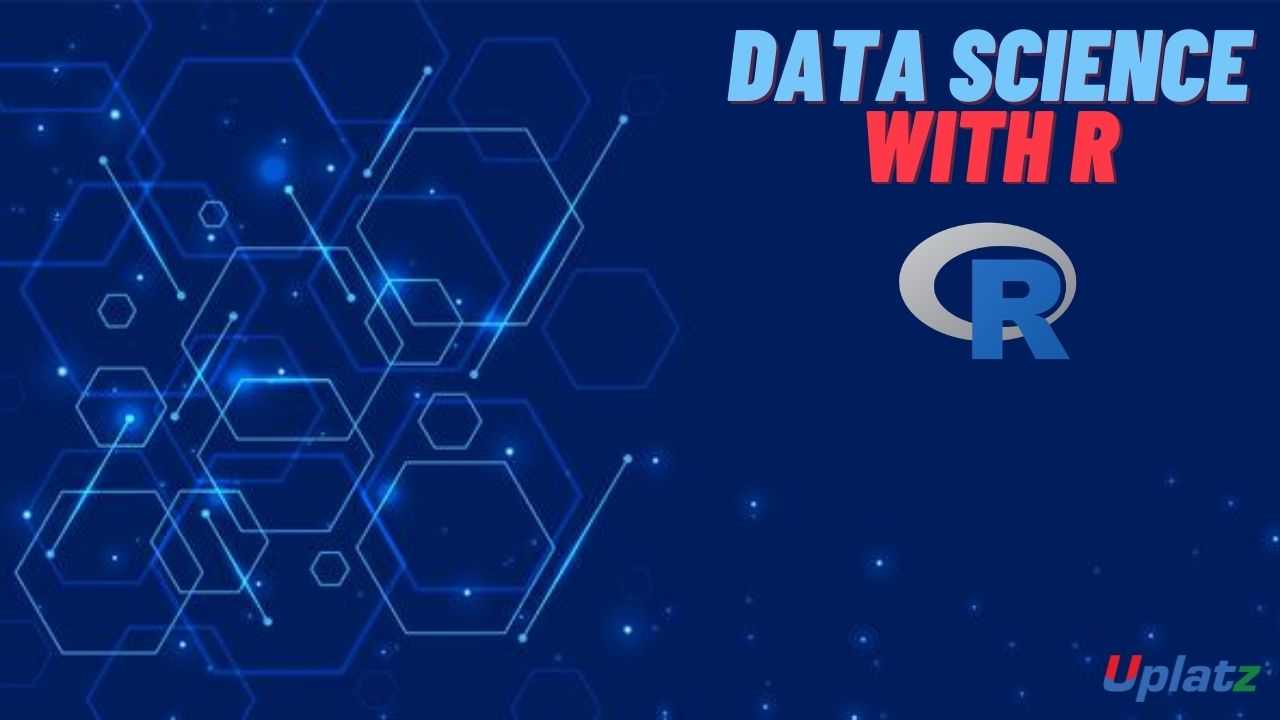
- Data Science with R
- 25 Hours
- GBP 12
- 479 Learners
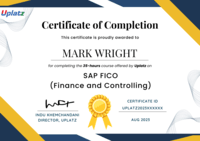
A/B Testing & Experimentation – The Science of Data-Driven Decision Making is a focused, hands-on course that equips learners with the theoretical and practical tools to design, run, and analyse controlled experiments in data-driven environments. A/B testing, one of the most powerful tools in analytics and product development, enables organisations to make evidence-based decisions rather than relying on intuition or assumptions.
This course covers the complete experimentation workflow — from hypothesis formulation and experimental design to analysis, interpretation, and implementation. Learners explore key statistical concepts that underpin experimentation, including randomisation, control groups, statistical power, confidence intervals, and p-values. Beyond the basics, the course delves into more advanced topics such as sequential testing, uplift modelling, and multi-armed bandit strategies used by modern digital platforms to optimise decisions in real time.
Through practical exercises using Python, SQL, and industry-relevant datasets, learners will gain the ability to structure and execute experiments that reveal true causal effects. The course bridges the gap between theoretical understanding and applied analytics, providing step-by-step guidance on setting up valid experiments, avoiding common pitfalls such as bias or sample contamination, and interpreting results in business contexts.
By learning to build scalable experimentation systems, you’ll understand how companies like Google, Amazon, Netflix, and LinkedIn drive innovation and improvement through continuous testing and measurement. Whether improving a website’s conversion rate, evaluating a marketing strategy, or enhancing user engagement, this course offers a scientific foundation for making decisions that create measurable impact.
Why Learn A/B Testing & Experimentation
In the age of digital transformation, experimentation has become a fundamental skill for anyone working with data, analytics, or decision-making. A/B testing serves as the empirical backbone of evidence-based strategy — allowing teams to measure what works, what doesn’t, and why. It turns every product change, marketing campaign, or pricing decision into an opportunity for learning and growth.
Through this course, learners will discover how to apply the scientific method to real-world business problems. Instead of relying on intuition, they will develop the capability to test hypotheses, measure the size and significance of effects, and translate data insights into actionable strategies. The course emphasises causal inference — understanding not just correlation but the true impact of a change on desired outcomes.
By mastering A/B testing and experimentation, learners will be able to:
-
Quantify the actual effect of product, marketing, or process changes.
-
Replace assumptions with statistical evidence in decision-making.
-
Apply robust design principles to ensure validity and reliability of results.
-
Build experimentation pipelines that enable ongoing data-driven innovation.
-
Integrate testing culture within teams to promote learning and continuous improvement.
Organisations across sectors — from tech and e-commerce to healthcare and finance — depend on rigorous experimentation for optimisation and growth. This makes expertise in experimental design a core capability for data professionals and business leaders alike.
What You Will Gain
By completing this course, learners will acquire a comprehensive set of analytical and technical skills essential for designing and interpreting experiments. You will:
-
Understand the fundamental principles of A/B testing and the logic of controlled experiments.
-
Design effective experiments using randomisation, treatment-control frameworks, and power analysis.
-
Conduct hypothesis testing to assess statistical significance and measure confidence in outcomes.
-
Identify and mitigate biases, novelty effects, or selection errors that threaten experimental validity.
-
Analyse experimental data using Python and SQL, and communicate results through data visualisation.
-
Interpret key statistical metrics such as p-values, lift, conversion rates, and confidence intervals.
-
Implement adaptive testing frameworks, including sequential analysis and multi-armed bandit algorithms.
-
Apply experimentation to optimise marketing campaigns, UX design, pricing strategies, and digital products.
The course integrates practical, project-based learning through real-world applications.
Hands-on projects include:
-
Designing and running an A/B test for website conversion optimisation.
-
Evaluating a marketing campaign using uplift modelling and statistical inference.
-
Implementing a multi-armed bandit algorithm to dynamically allocate traffic and maximise performance.
Each project is designed to simulate industry workflows, ensuring learners gain practical confidence in applying experimental techniques across varied contexts.
Who This Course Is For
This course is designed for learners and professionals who want to master the principles of experimentation and evidence-based decision-making:
-
Data Scientists & Analysts who analyse experiments and interpret causal results.
-
Product Managers who use data to guide product feature testing and innovation.
-
Marketing Professionals optimising campaigns, channels, and messaging through experiments.
-
UX Researchers & Designers validating hypotheses about user behaviour and interface changes.
-
Students & Researchers interested in the intersection of statistics, data science, and decision theory.
A basic understanding of statistics and Python is helpful but not mandatory — the course progressively builds from foundational concepts to advanced methodologies. Each section is structured to provide both theoretical clarity and practical experience, allowing learners from varied backgrounds to follow along smoothly.
The course is highly relevant for industries where decision-making under uncertainty is critical — such as e-commerce, SaaS, fintech, and healthcare — but its principles can be applied to any field involving data analysis and experimentation.
Key Learning Takeaways
By the end of the course, learners will be able to confidently:
-
Frame hypotheses and translate business problems into testable questions.
-
Select appropriate metrics and determine sample sizes for experiments.
-
Evaluate statistical significance and practical importance of results.
-
Apply Bayesian and frequentist methods for experiment analysis.
-
Design scalable experimentation systems for continuous testing and iteration.
-
Communicate results effectively to technical and non-technical stakeholders.
The course builds a deep understanding of how experimentation drives innovation, empowering professionals to embed a culture of testing, measurement, and improvement within their organisations.
By the end of this course, learners will be able to:
- Explain the concepts and goals of A/B testing and randomized experiments.
- Design controlled experiments with clear hypotheses and success metrics.
- Apply statistical methods for hypothesis testing and significance evaluation.
- Understand randomization, control groups, and sampling strategies.
- Compute confidence intervals and p-values for effect estimation.
- Identify and mitigate sources of bias and interference.
- Use uplift and causal models to measure incremental impact.
- Conduct multi-variant and multi-armed bandit experiments.
- Apply Bayesian and sequential testing approaches for adaptive experimentation.
- Interpret and communicate experiment results for business impact.
Course Syllabus
Module 1: Introduction to Experimentation and A/B Testing
The role of experimentation in data-driven decision-making; key terminology and examples.
Module 2: Experimental Design Fundamentals
Defining hypotheses, treatment and control groups, and randomization techniques.
Module 3: Statistical Foundations for A/B Testing
Probability, hypothesis testing, p-values, confidence intervals, and Type I/II errors.
Module 4: Power and Sample Size Calculations
Determining the right sample size to ensure reliable test results.
Module 5: Running and Managing Experiments
Implementing tests in web, mobile, and product environments; tracking data quality.
Module 6: Interpreting and Visualizing Experiment Results
Data analysis using Python, SQL, and visualization libraries.
Module 7: Dealing with Bias, Interference, and Novelty Effects
Identifying and mitigating experimental pitfalls and external factors.
Module 8: Beyond A/B Testing – Multivariate and Multi-Armed Bandits
Exploring adaptive experimentation and optimization techniques.
Module 9: Causal Inference in Experimentation
Understanding treatment effects, counterfactuals, and causal modeling.
Module 10: Bayesian Approaches to Experimentation
Using Bayesian inference for dynamic and continuous experimentation.
Module 11: Experimentation at Scale
Building experimentation platforms and data pipelines for large organizations.
Module 12: Capstone Project – Design and Analyze a Real-World Experiment
Develop a complete A/B testing project, from hypothesis to insights, using real-world data.
Upon successful completion, learners will receive a Certificate of Mastery in A/B Testing & Experimentation from Uplatz.
This certification validates your ability to design, execute, and interpret data-driven experiments that improve product, marketing, and operational outcomes.
It demonstrates that you can:
- Apply statistical rigor to experimentation.
- Build and evaluate controlled tests using modern tools and methodologies.
- Translate data insights into actionable business decisions.
This credential affirms your readiness to contribute to data science, product analytics, marketing optimization, and growth strategy teams, empowering you to lead experimentation-driven innovation.
Expertise in experimentation and A/B testing opens diverse analytical and strategic career opportunities, including:
- Data Scientist (Experimentation)
- Product Analyst
- Growth Analyst
- Marketing Data Scientist
- Conversion Rate Optimization (CRO) Specialist
- Experimentation Platform Engineer
Industries such as e-commerce, SaaS, finance, media, and healthcare value professionals who can apply the scientific method to product and business decisions — making experimentation a key career skill in the modern digital economy.
- What is A/B testing and why is it important?
A/B testing compares two or more versions of a variable to determine which performs better using statistical analysis. - What is the difference between hypothesis testing and A/B testing?
A/B testing applies hypothesis testing principles to real-world business or product scenarios. - What is statistical significance?
It measures the likelihood that observed differences are not due to random chance, typically evaluated using p-values. - What is a control group?
The group in an experiment that does not receive the treatment, used as a baseline for comparison. - What is a Type I and Type II error?
Type I: false positive (rejecting a true null hypothesis).
Type II: false negative (failing to reject a false null hypothesis). - What is sample size determination and why is it important?
It ensures sufficient statistical power to detect meaningful effects. - How do multi-armed bandit algorithms differ from A/B tests?
Bandits allocate traffic dynamically to the best-performing variant rather than splitting evenly. - What is uplift modeling?
A technique that estimates the incremental effect of a treatment compared to control. - When should Bayesian testing be preferred over traditional A/B testing?
When continuous updating, adaptive decision-making, or small samples are required. - What challenges arise in running real-world experiments?
Bias, insufficient sample size, external interference, seasonality, and user overlap.







